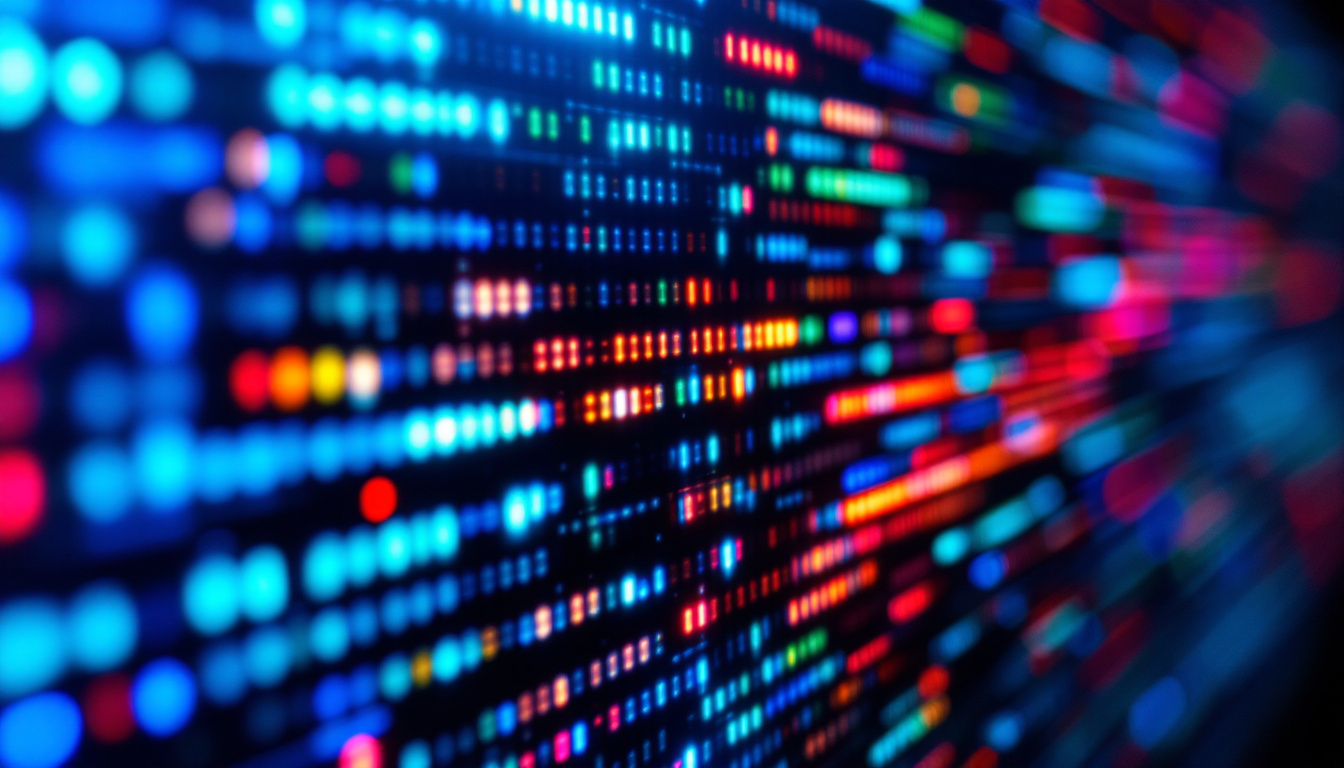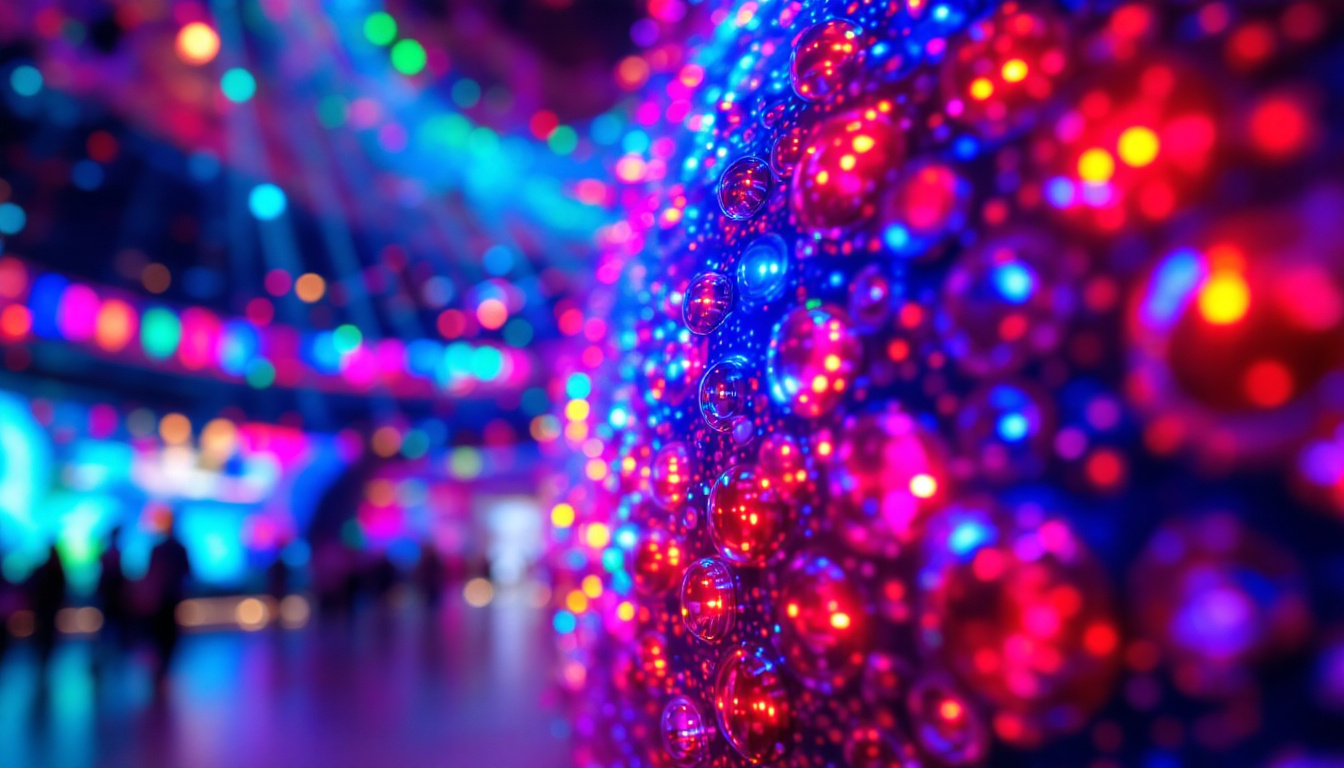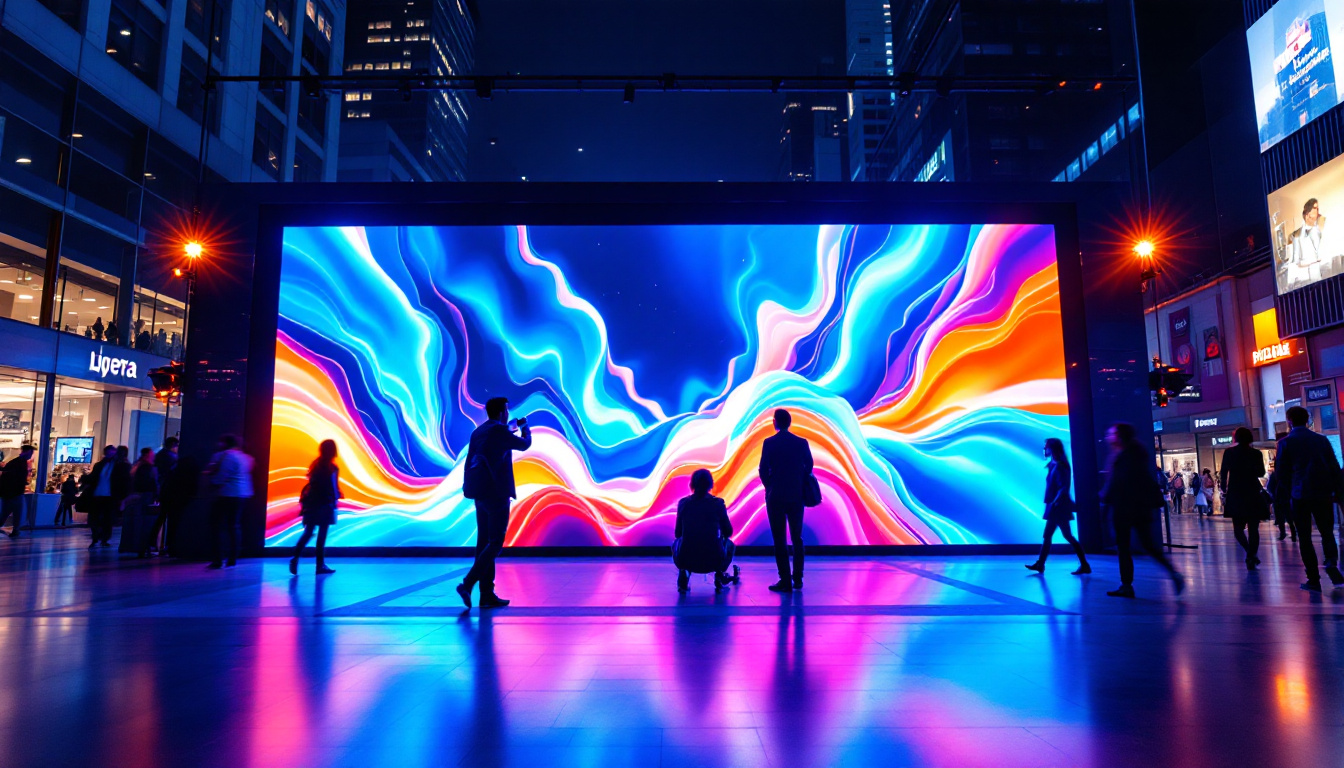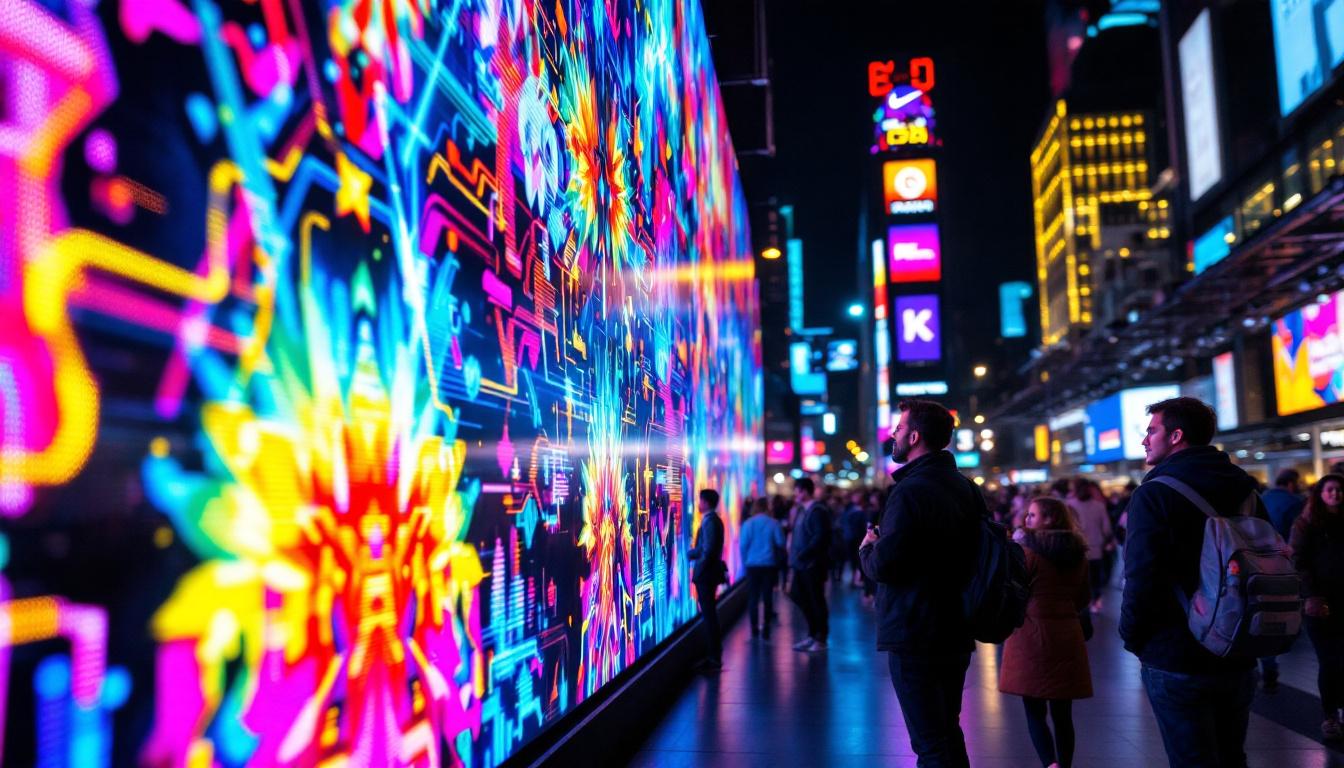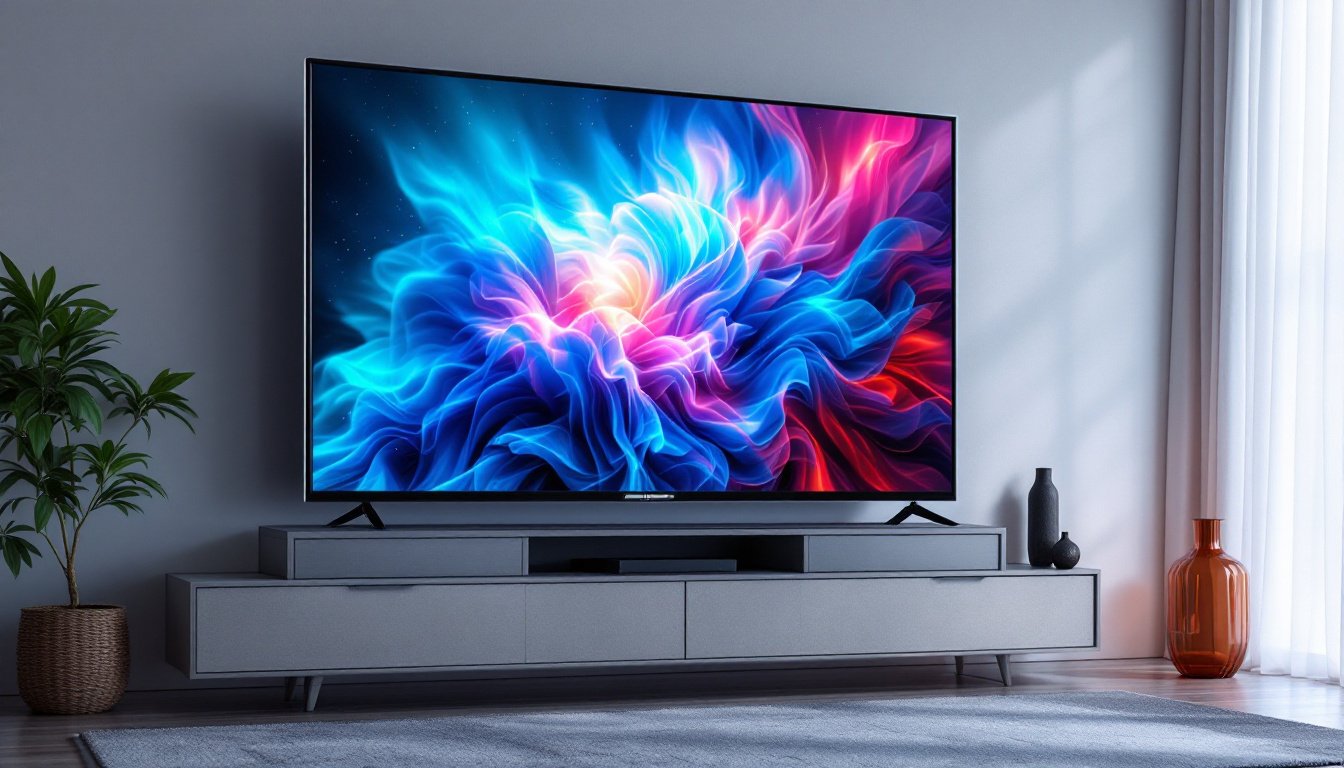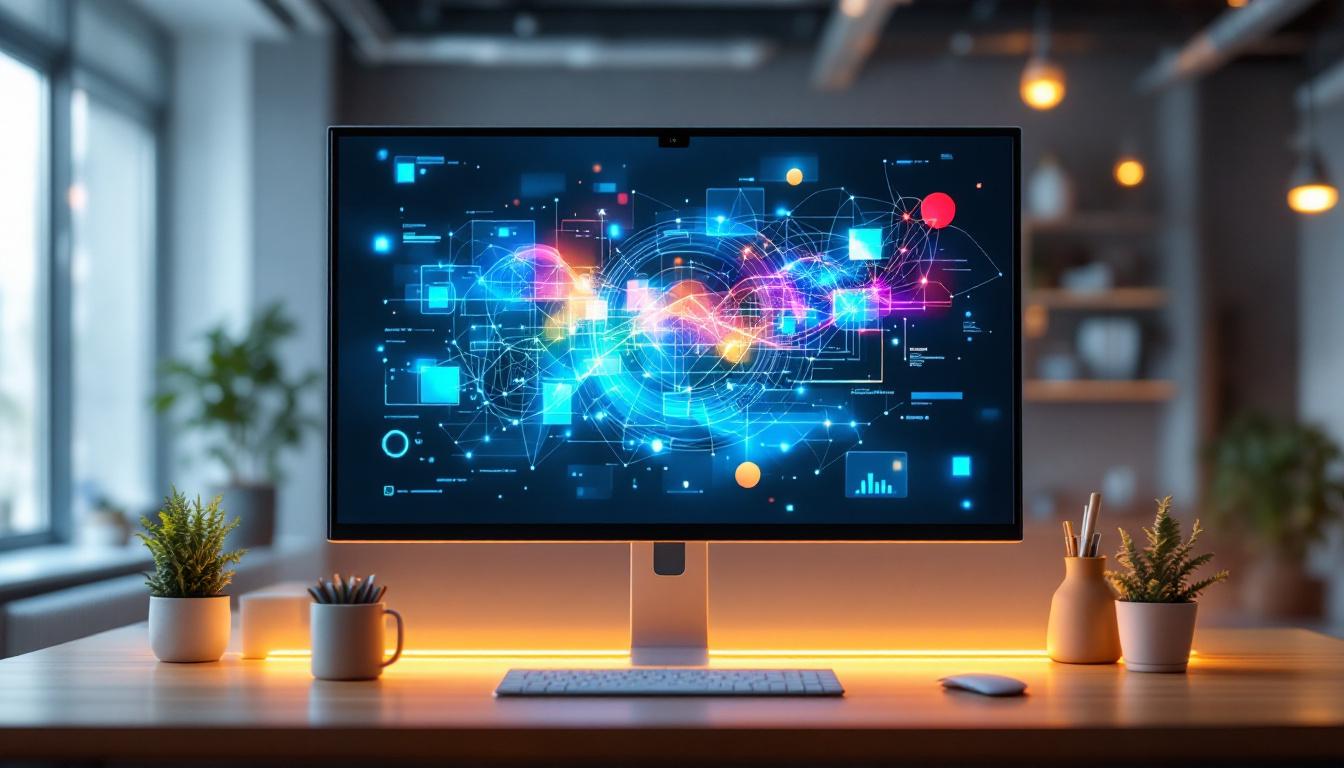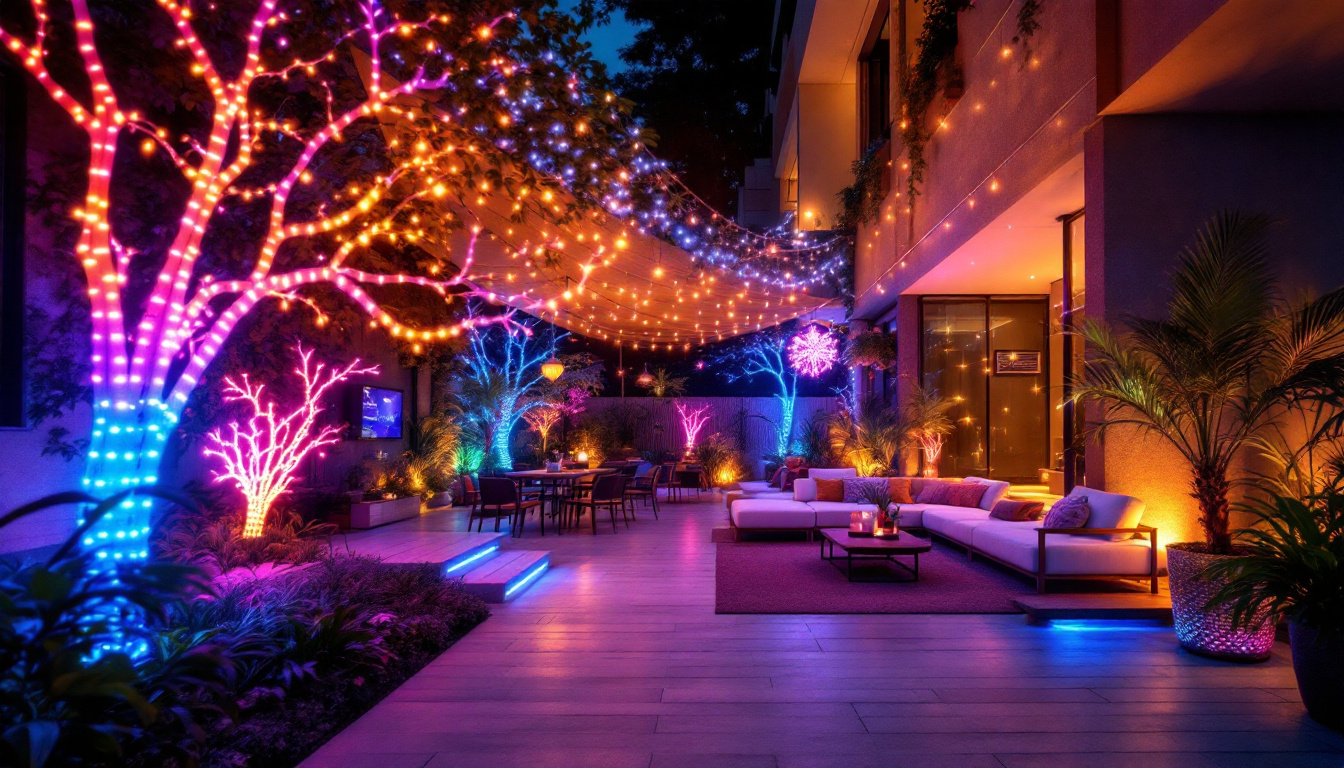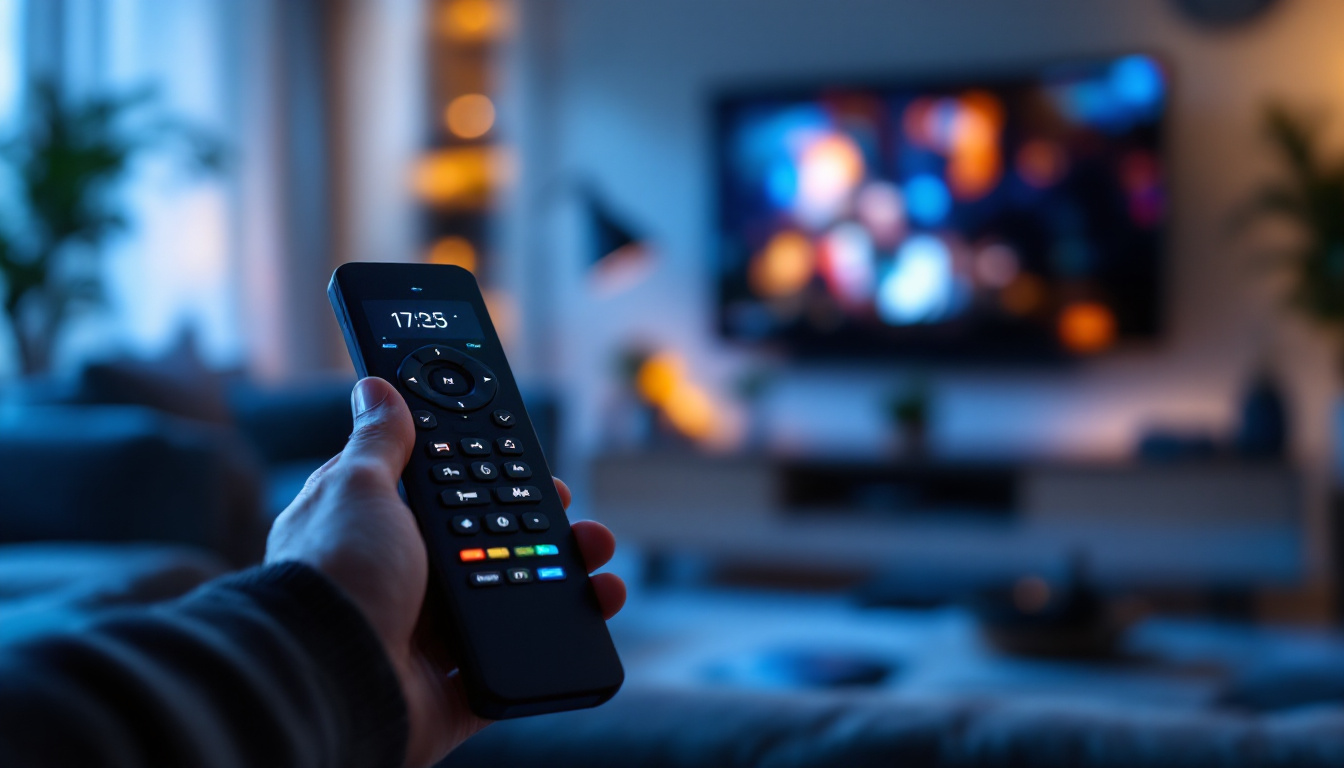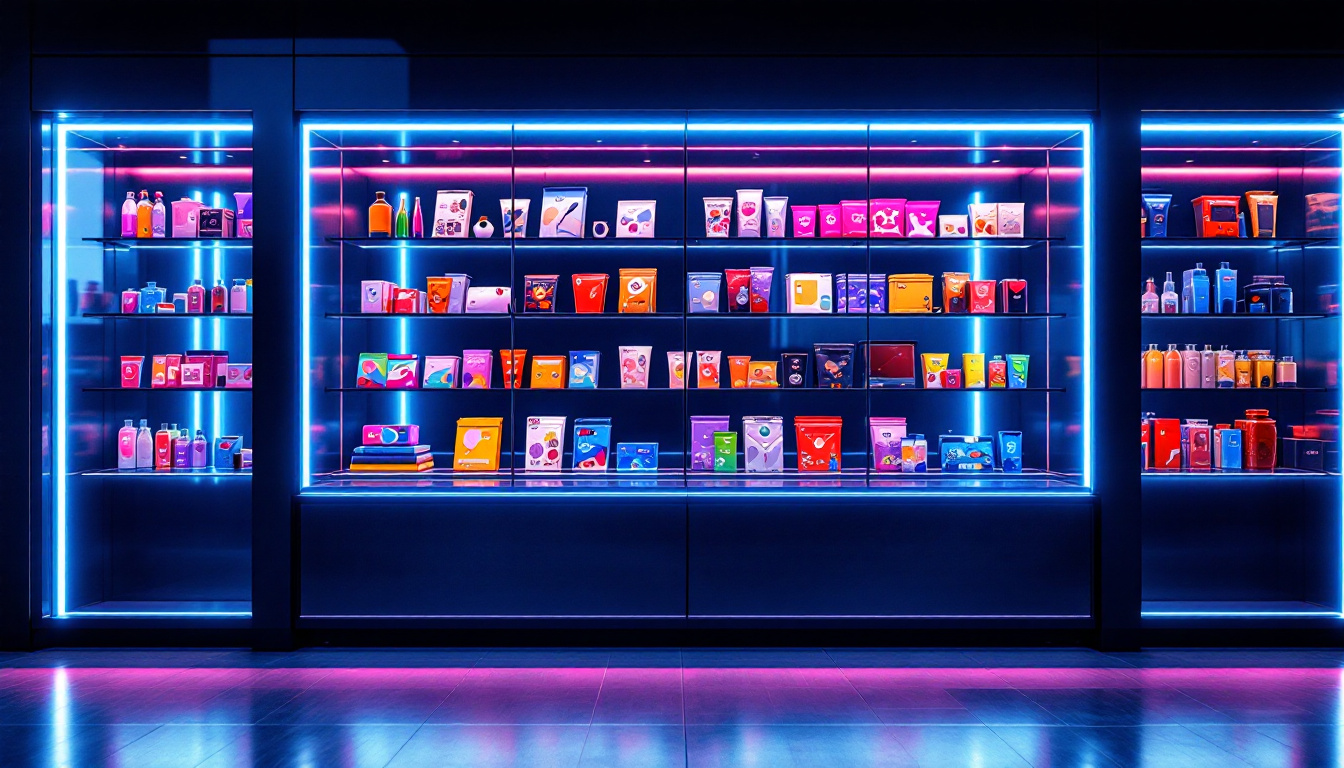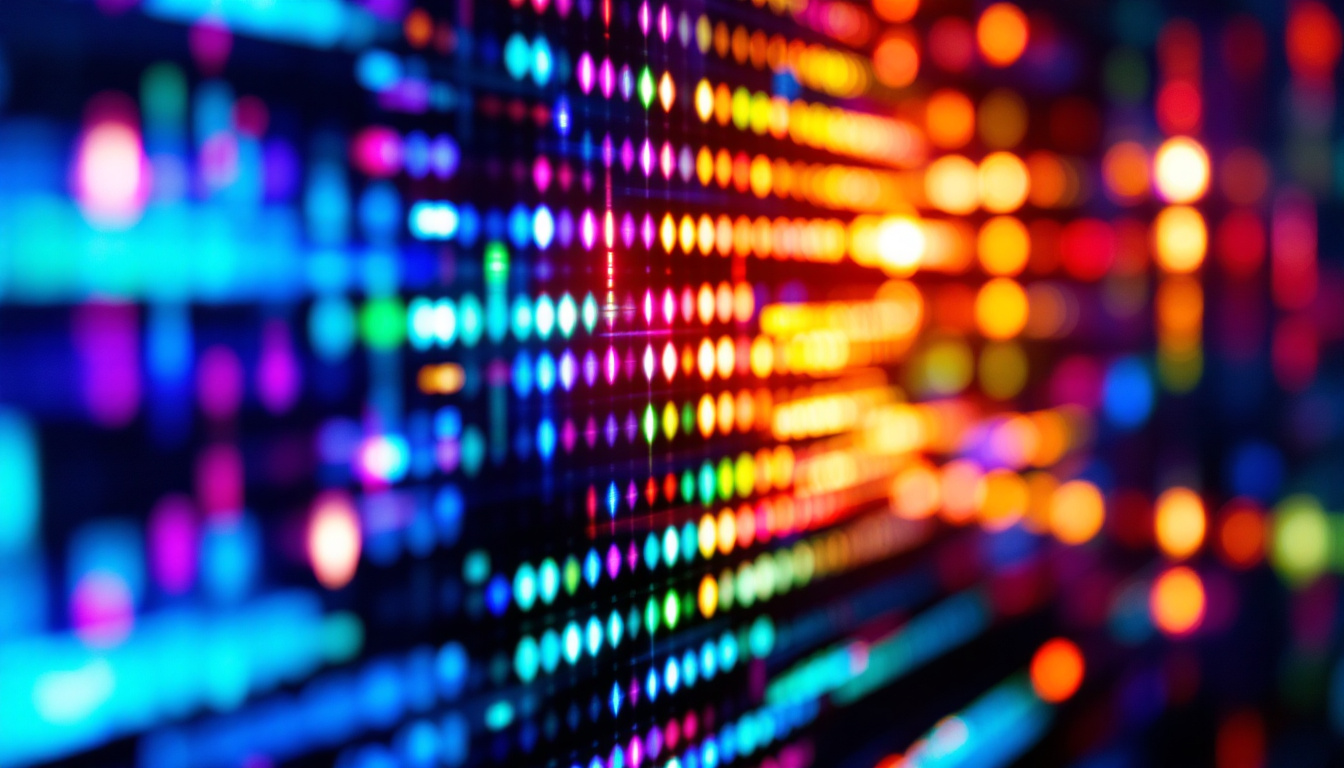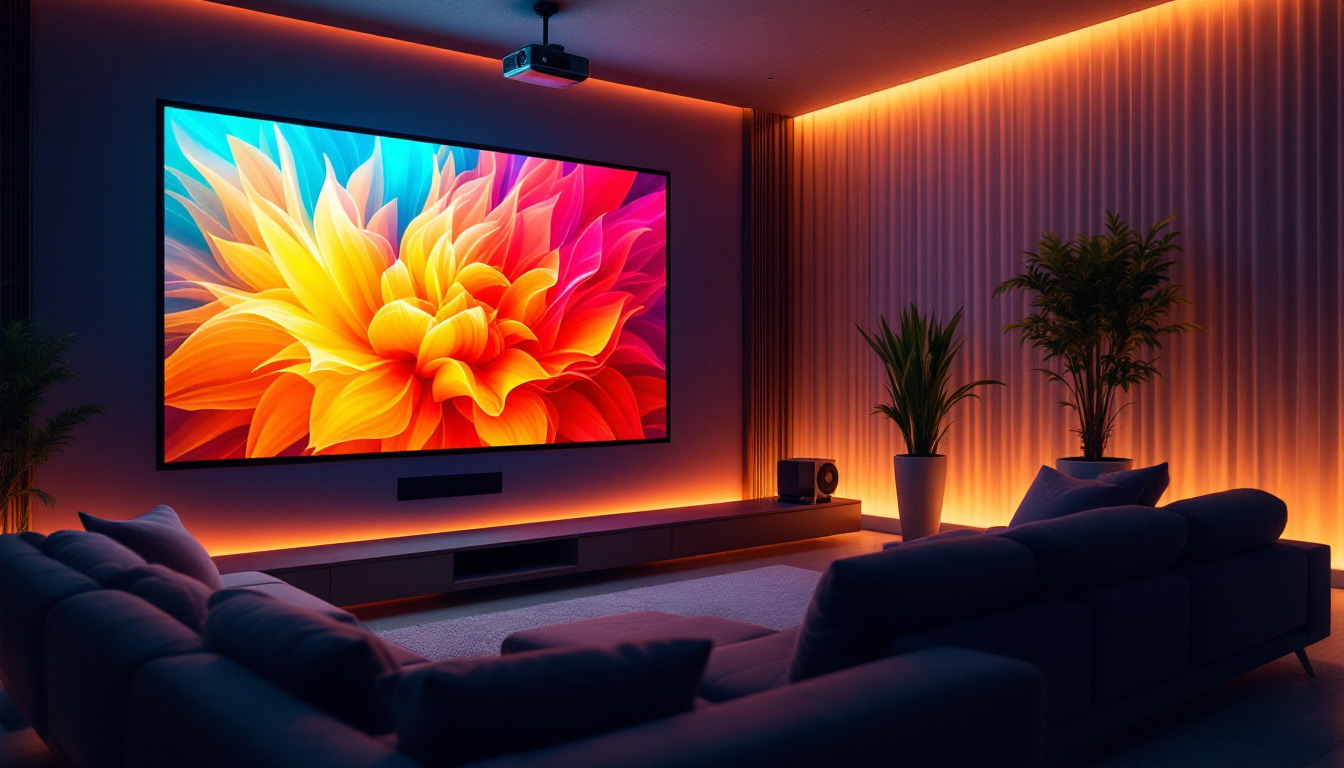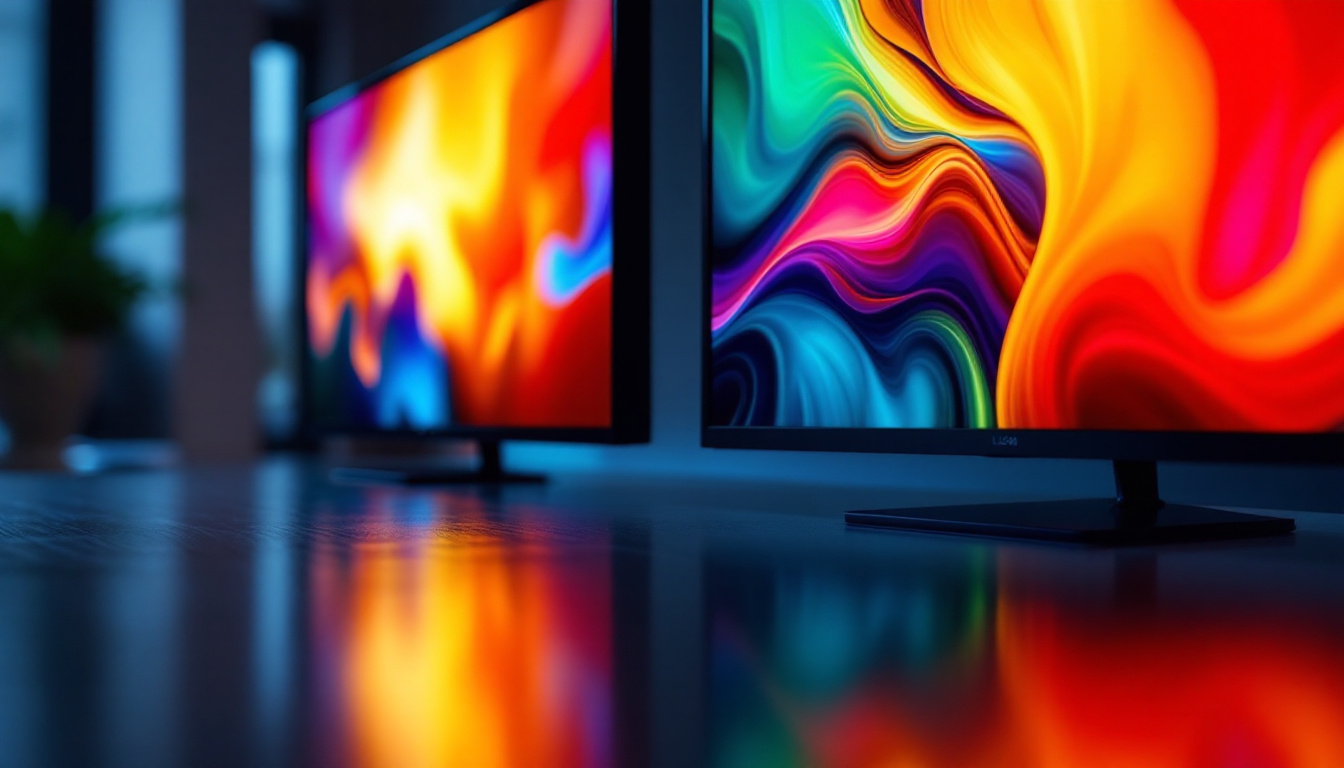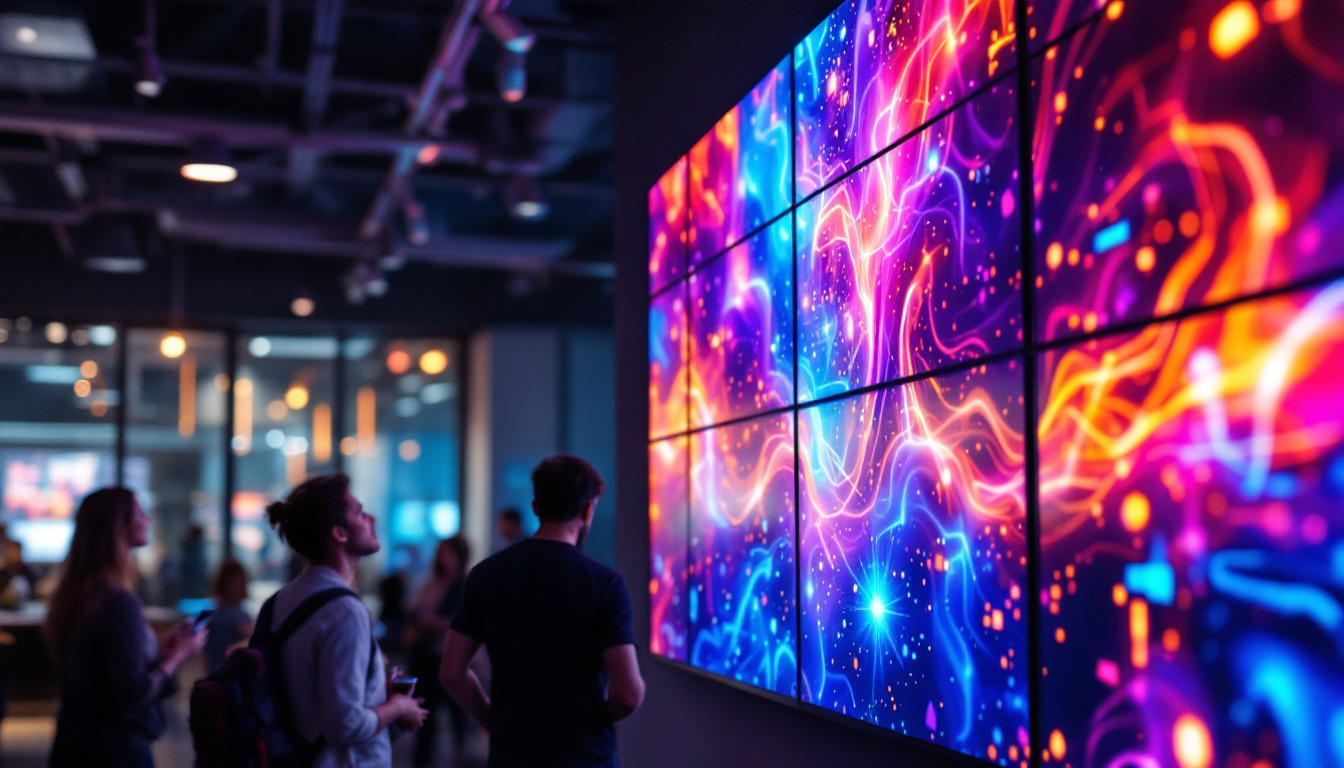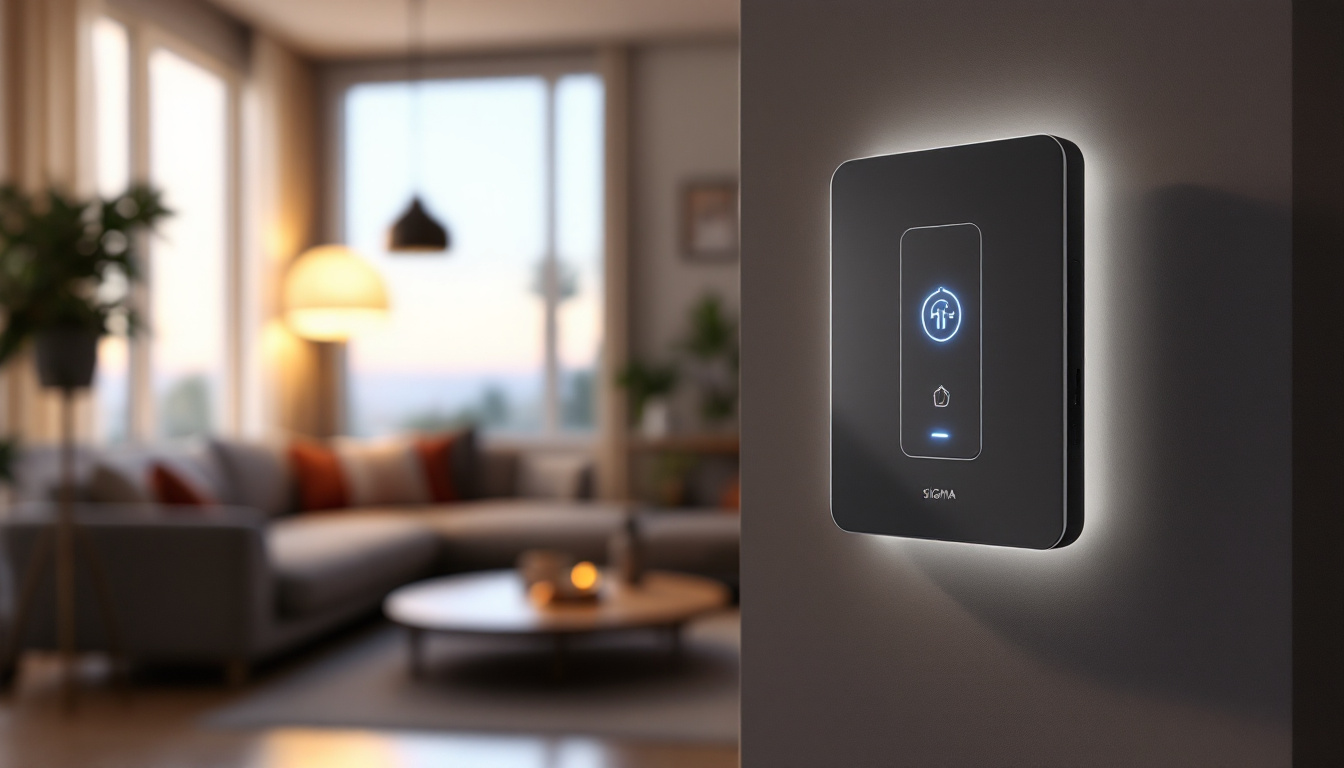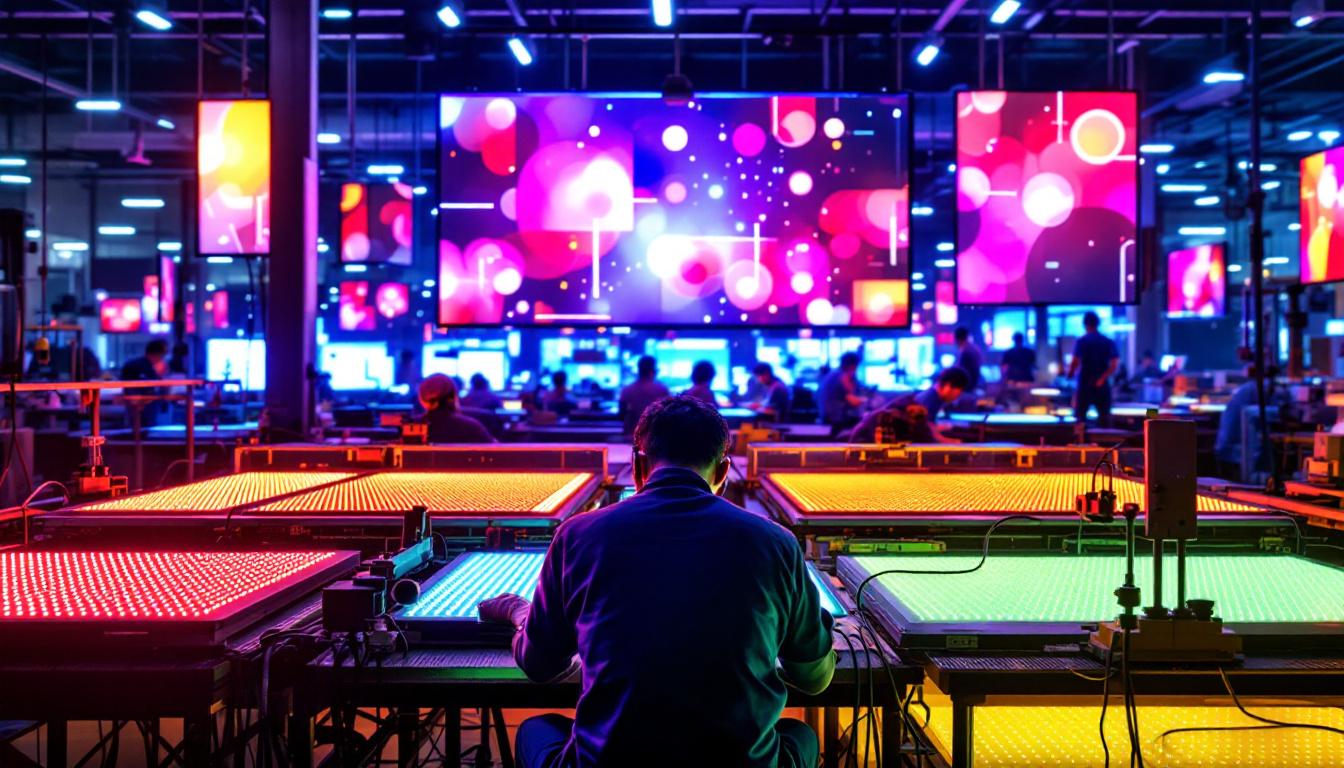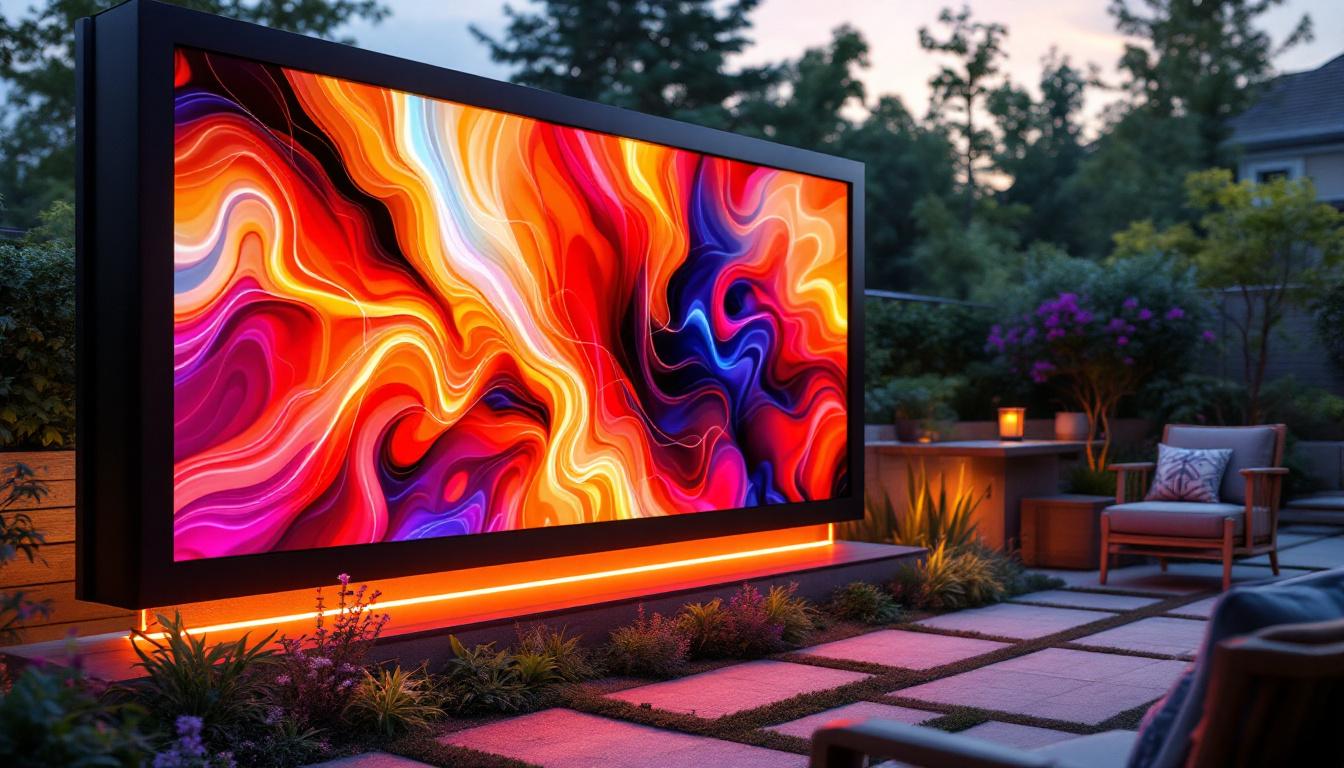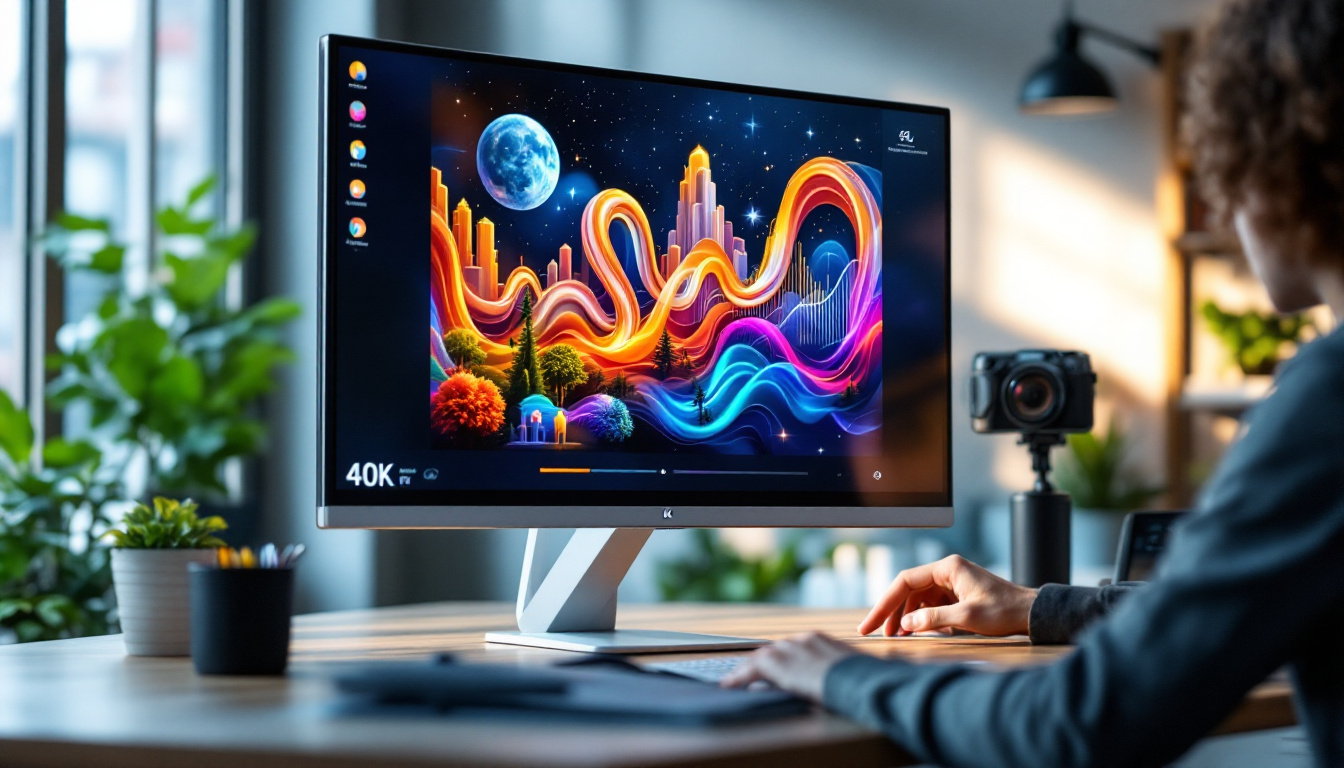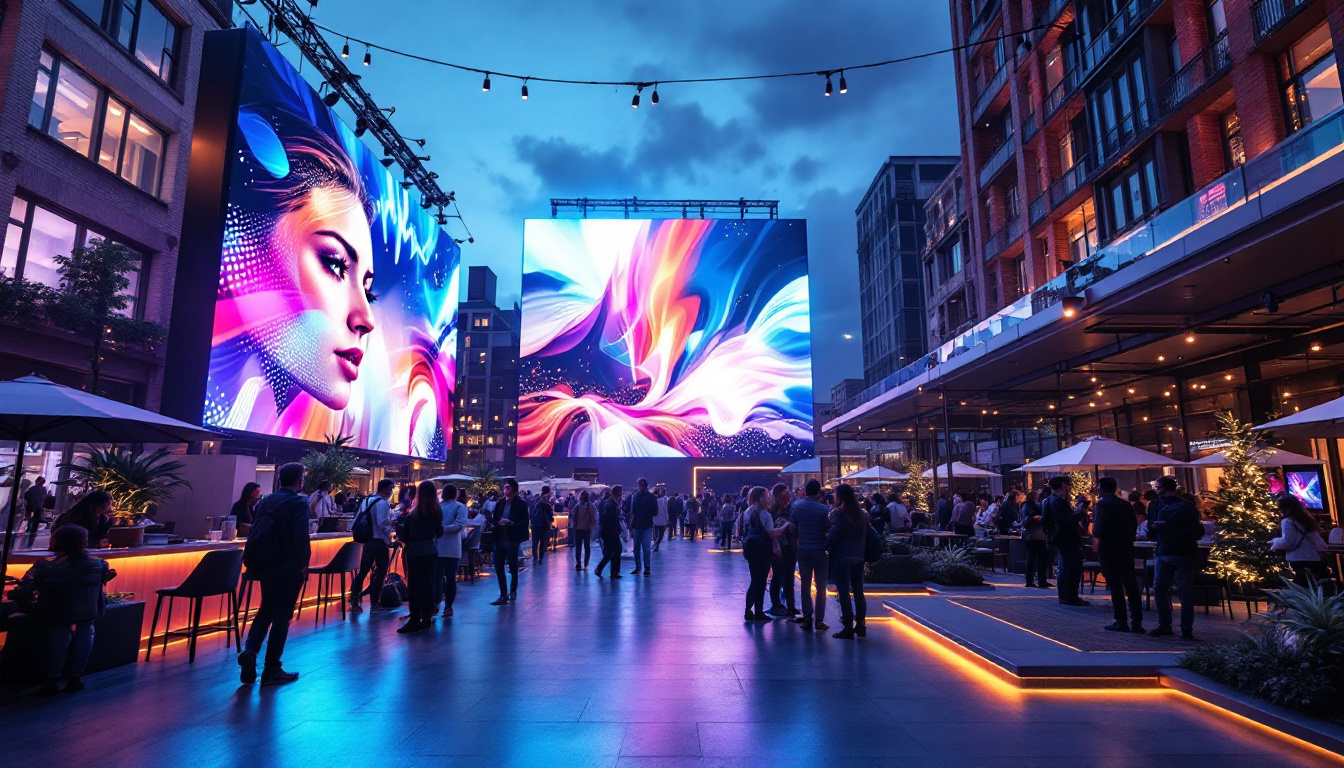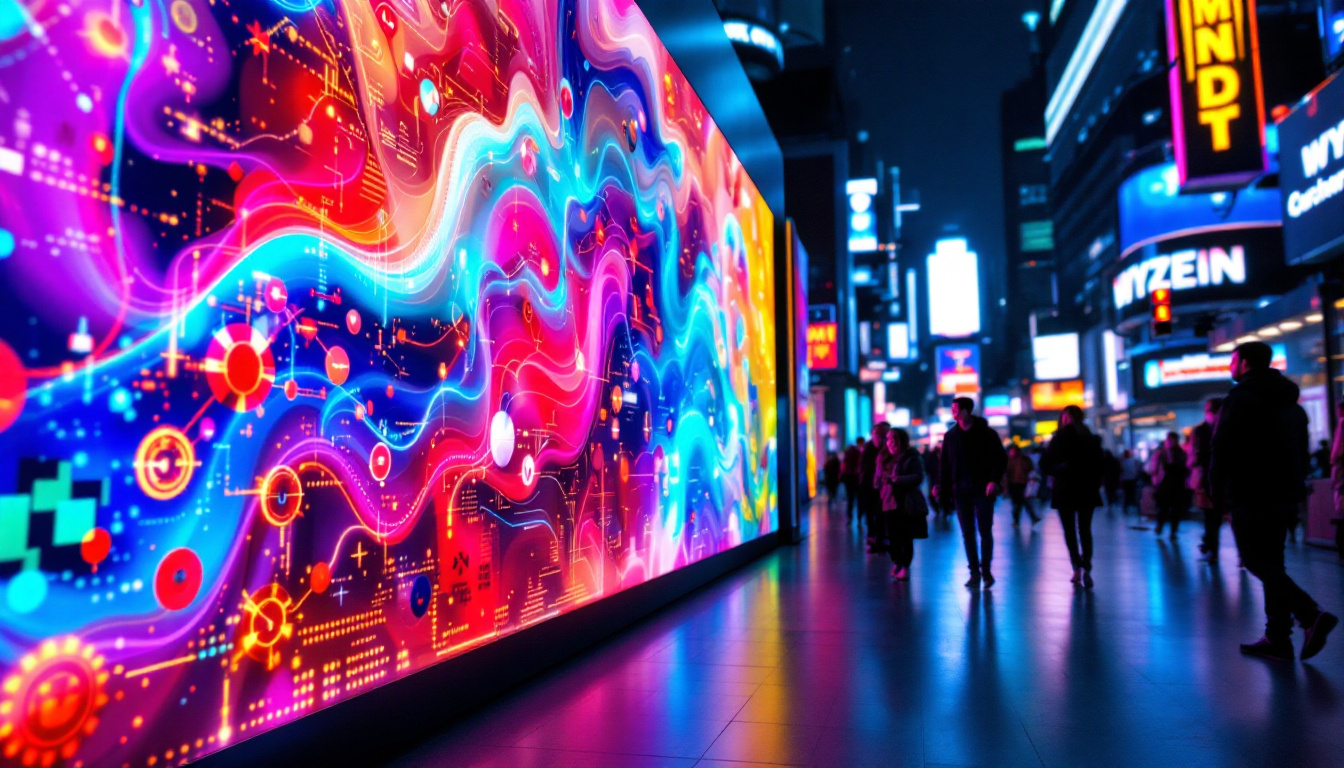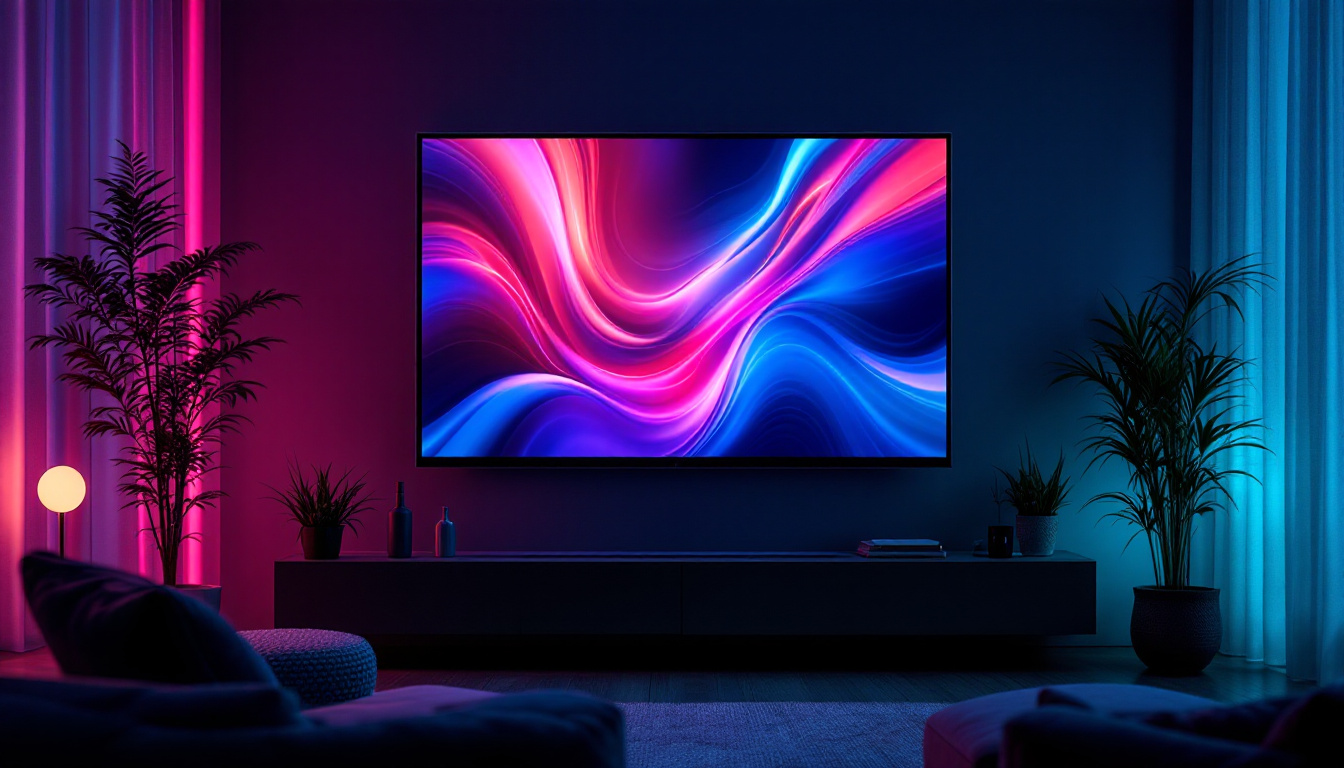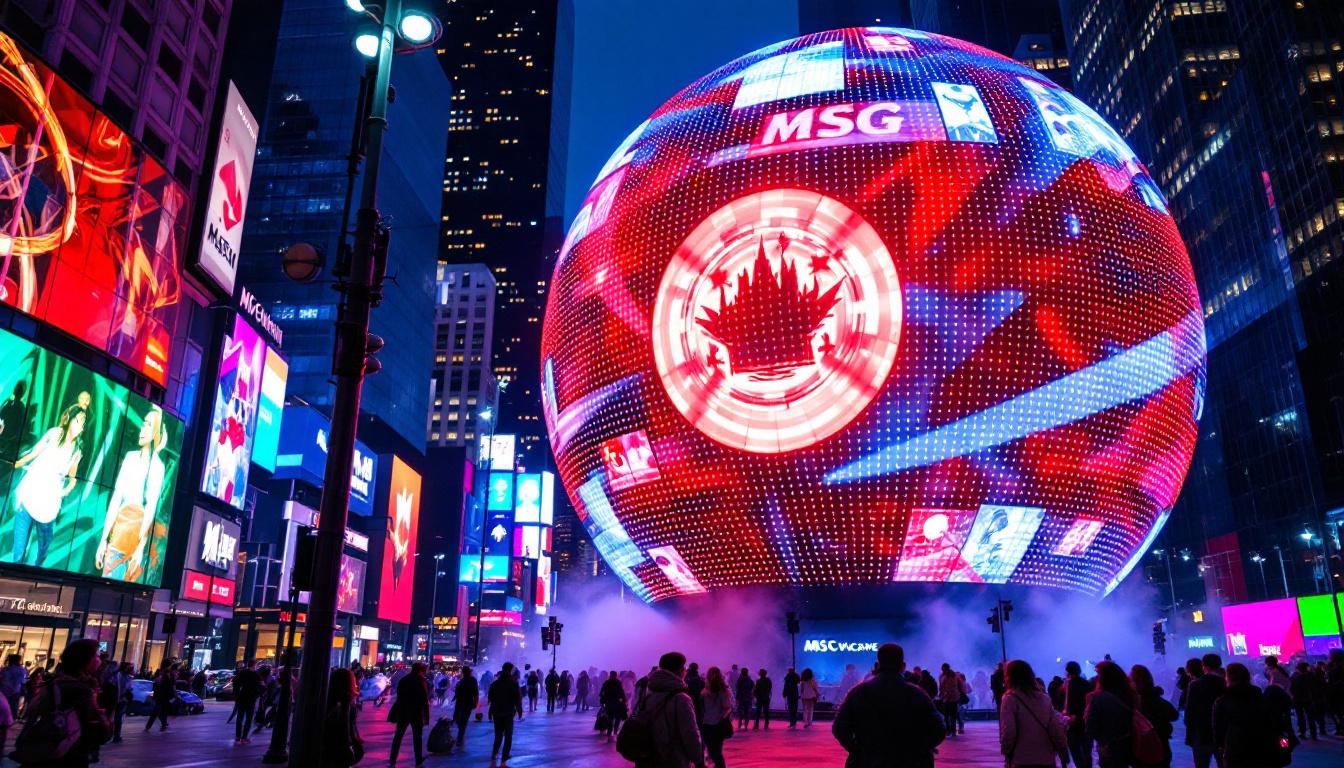In the world of digital displays, understanding pixel density and print size is crucial for achieving optimal visual quality. Whether for advertising, art, or information dissemination, the clarity and sharpness of images on LED displays depend on their pixel configuration. This article delves into the intricacies of pixel print size calculation, particularly in the context of LED displays.
Understanding Pixels and Resolution
Pixels are the smallest units of a digital image, and they play a pivotal role in determining the clarity of visuals on screens. The resolution of a display, typically expressed in terms of width and height (e.g., 1920×1080), indicates how many pixels are used to create the image. Higher resolutions mean more pixels, which generally leads to sharper images. This is particularly important in today’s visual-centric world, where high-definition content is ubiquitous, from streaming services to video games, and even in virtual reality environments.
What is Pixel Density?
Pixel density, measured in pixels per inch (PPI), indicates how many pixels are packed into a given area of the display. A higher PPI results in finer detail and smoother images, making it essential for applications where clarity is paramount. For instance, a smartphone with a PPI of 400 will display images more crisply than a standard monitor with a PPI of 100. This distinction is crucial for graphic designers, photographers, and anyone who relies on precise visual representation, as it directly impacts the quality of the work produced.
When considering LED displays, pixel density can vary significantly based on the intended use. For example, a large outdoor LED billboard may have a lower pixel density than a high-resolution television screen, as the viewing distance impacts how sharp the image appears to the human eye. This means that while a billboard may appear less detailed up close, it is designed for viewing from a distance, where the lower pixel density is less noticeable. Conversely, devices like smartphones and tablets require higher pixel densities to ensure that images remain clear and detailed even when viewed at close range.
Resolution and Print Size
The relationship between resolution and print size is fundamental for graphic designers and marketers. When an image is printed, its size can be adjusted based on the resolution. A high-resolution image can be printed larger without losing quality, while a low-resolution image may appear pixelated if enlarged beyond its optimal size. This principle is especially important in industries such as advertising, where large banners and posters are common, and maintaining visual integrity is critical to conveying a message effectively.
To calculate the print size of an image, one can use the formula: Print Size (in inches) = Image Resolution (in pixels) / PPI. This formula helps determine how large an image can be printed while maintaining its quality, ensuring that the final product meets visual standards. Additionally, understanding the interplay between resolution, PPI, and print size can aid in making informed decisions about image sourcing and editing, ultimately leading to better outcomes in both digital and print media. As technology continues to evolve, the demand for higher resolutions and pixel densities will likely increase, pushing the boundaries of what is visually possible in both digital displays and printed materials.
LED Display Types and Their Characteristics
LED displays come in various types, each designed for specific applications. Understanding these types can help in selecting the right display for a given purpose. The most common types include direct view LED, OLED, and LED-backlit LCDs.
Direct View LED Displays
Direct view LED displays are composed of numerous tiny LED modules that emit light directly. These displays are known for their vibrant colors and high brightness levels, making them ideal for outdoor advertising and large-scale events. The pixel pitch, which refers to the distance between the centers of two adjacent pixels, plays a crucial role in determining the display’s resolution and viewing distance.
A smaller pixel pitch results in higher pixel density, allowing for closer viewing without loss of image quality. This is particularly important in environments where viewers are likely to be close to the display, such as retail spaces or trade shows.
OLED Displays
Organic Light Emitting Diode (OLED) displays utilize organic compounds that emit light when an electric current is applied. Unlike traditional LED displays, OLEDs do not require a backlight, allowing for thinner screens and better contrast ratios. The ability to turn off individual pixels results in true blacks and vibrant colors, making OLEDs popular for high-end televisions and smartphones.
While OLED displays offer excellent image quality, they can be more expensive to produce and may have shorter lifespans compared to traditional LED displays. Understanding these trade-offs is essential for making informed decisions regarding display technology.
LED-Backlit LCDs
LED-backlit LCDs combine traditional liquid crystal display technology with LED backlighting. This design enhances brightness and contrast while maintaining the benefits of LCD technology. These displays are widely used in televisions, computer monitors, and various consumer electronics.
While LED-backlit LCDs offer good image quality, they do not achieve the same level of contrast as OLED displays. However, they are often more affordable and have longer lifespans, making them a popular choice for many applications.
Calculating Pixel Print Size for LED Displays
To ensure that images displayed on LED screens maintain their quality, it is essential to calculate the appropriate pixel print size. This process involves understanding both the resolution of the image and the pixel density of the display.
Step-by-Step Calculation
The first step in calculating pixel print size is to determine the resolution of the image in pixels. This information can typically be found in the image properties or metadata. Next, identify the pixel density of the display in PPI. This information may be available in the display specifications or can be calculated based on the display’s resolution and physical dimensions.
Once the resolution and PPI are known, the print size can be calculated using the formula mentioned earlier. For example, if an image has a resolution of 3000×2000 pixels and the display has a pixel density of 300 PPI, the print size can be calculated as follows:
- Width: 3000 pixels / 300 PPI = 10 inches
- Height: 2000 pixels / 300 PPI = 6.67 inches
This means the image can be printed at a size of 10 inches by 6.67 inches without losing quality.
Factors Affecting Print Size
Several factors can influence the final print size of an image on an LED display. These include the viewing distance, the intended use of the display, and the quality of the original image. For instance, images intended for close viewing, such as those on smartphones or tablets, require higher resolutions and smaller print sizes to maintain clarity.
Conversely, images designed for large outdoor displays can be viewed from a distance, allowing for lower resolutions and larger print sizes without noticeable degradation in quality. Understanding these factors is crucial for optimizing display performance and ensuring that visuals are impactful.
Best Practices for Optimizing LED Display Quality
To achieve the best visual results on LED displays, several best practices can be followed. These practices encompass image preparation, selection of appropriate display technology, and ongoing maintenance.
Image Preparation
Before uploading images to an LED display, it is essential to prepare them properly. This includes ensuring that images are of high resolution, ideally matching or exceeding the display’s native resolution. Additionally, images should be optimized for color accuracy and contrast to ensure vibrant visuals.
Using the correct file format is also important. Formats such as PNG or JPEG are commonly used for images displayed on LED screens, but it is essential to choose the right compression settings to balance quality and file size.
Choosing the Right Display Technology
Selecting the appropriate LED display technology is crucial for achieving desired visual outcomes. Factors such as pixel pitch, brightness, and color accuracy should be considered based on the intended application. For example, an outdoor display may require higher brightness levels to combat sunlight, while an indoor display may prioritize color accuracy and contrast.
Consulting with display experts or conducting thorough research can help ensure that the chosen technology aligns with the specific needs of the project.
Regular Maintenance
Maintaining LED displays is essential for ensuring long-term performance and visual quality. Regular cleaning, calibration, and software updates can help prevent issues such as color fading or pixel malfunction. Additionally, monitoring the display’s performance over time can provide insights into potential problems, allowing for timely interventions.
By adhering to these best practices, businesses and individuals can maximize the impact of their LED displays, ensuring that visuals remain sharp, vibrant, and engaging.
Conclusion
Understanding pixel print size and its implications for LED displays is vital for anyone involved in digital media, advertising, or design. By grasping the concepts of pixel density, resolution, and the various types of LED displays, one can make informed decisions that enhance visual quality.
Calculating pixel print size accurately ensures that images maintain their integrity when displayed, allowing for clear and impactful visuals. By following best practices in image preparation, display selection, and maintenance, users can optimize their LED displays for maximum effectiveness.
As technology continues to evolve, staying informed about advancements in display technology and pixel management will be essential for achieving the best results in any visual endeavor. Whether for business or personal use, mastering these concepts will lead to more engaging and visually appealing experiences.
Discover LumenMatrix LED Display Solutions
Ready to elevate your visual projects with the highest quality LED displays? LumenMatrix is at the forefront of LED display innovation, offering a comprehensive range of solutions tailored to your needs. From captivating Indoor LED Walls to dynamic Outdoor LED Displays, and from versatile Vehicle LED Displays to engaging LED Sports Displays, our technology is designed to make your message shine. Experience the transformative power of our LED solutions and take the first step towards unparalleled brand visibility and audience engagement. Check out LumenMatrix LED Display Solutions today and see your vision come to life in vivid detail.

